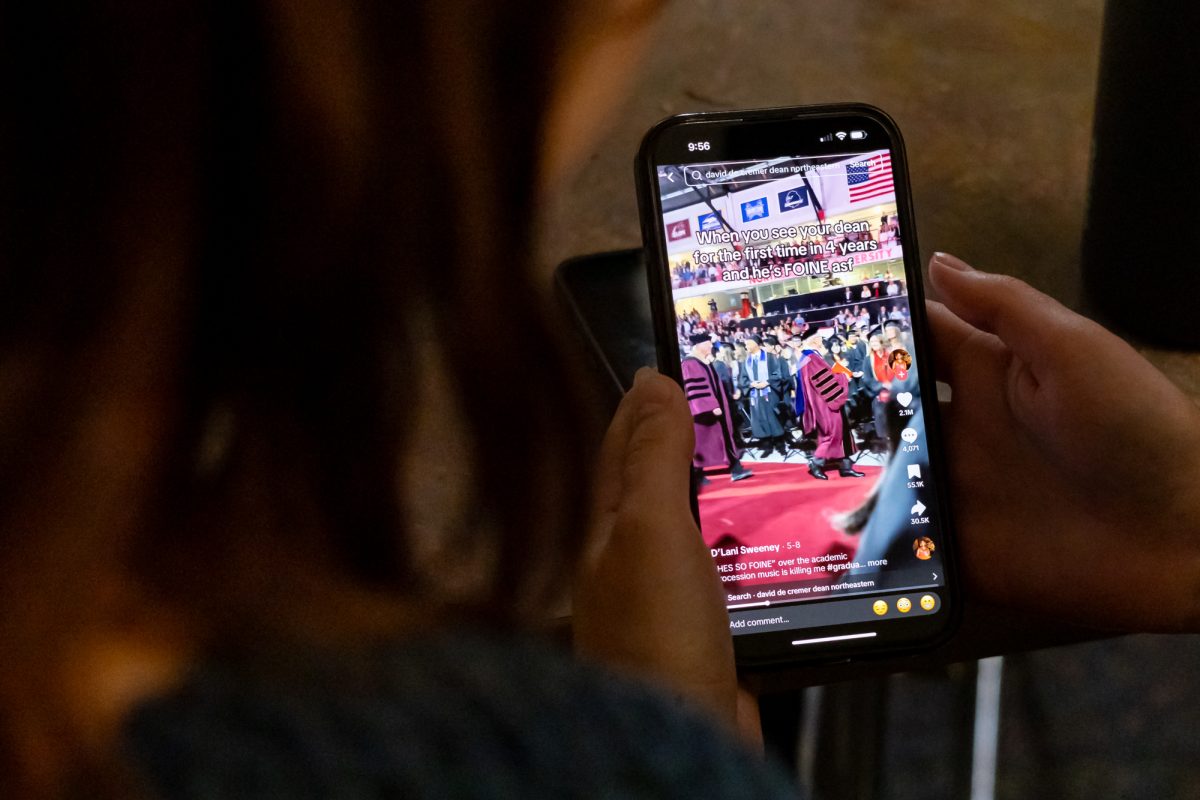By Christie Young, News Correspondent
In a world of social media apps like Facebook and Instagram where pictures reign supreme, there’s a new trending app on the market that removes the pressure to constantly and permanently present life through the lense. It’s Snapchat, a free application available for iPhone and Android.
The concept is simple. Users take pictures, caption and/or illustrate them if they so choose, and send them to their friends. What makes Snapchat unique is that the pictures last between one and 10 seconds depending on what before disappearing forever. The only way to save the pictures is to take a screenshot, in which case the app notifies the picture’s sender.
For an app with an interface that makes it the perfect breeding ground for sexting, Snapchat is now more widely used in innocent ways. For example, someone could take a pictures of some unsuspecting friends, and draw dragon wings on them with flames shooting out of their mouth and then send the picture to everyone with the app.
Noah Pilchen, a freshman environmental science major, said that Snapchat is “like texting but it’s less work and more personal. It’s easy to stay in contact with people without having to start a conversation with them.”
Many people agree with Pilchen. Snapchat is currently the number three top free app for iPhone according to AppData, a website that collects such rankings. According to the Snapchat blog, more than one thousand pictures were being sent every second this past Thanksgiving Day. As of Oct. 28, more than one billion pictures had been shared, and currently about 30 million pictures are sent everyday.
“It’s basically my main form of communication now with my friends,” Jessica Nixon, an undeclared sophomore, said. Despite the obvious advantage the app would seem to have for sexting, there seems to be little of that going on. (Or at least, little that students will admit to.)
Stanford University student Evan Spiegel created the app when he was just 21 years old. Spiegel, now 22, worked with another Stanford alumnus Bobby Murphy, 24, to create the app which generates no revenue for the pair, according to a Nov. 27 article in Forbes. It was launched from Spiegel’s father’s living room in September 2011. The partners have worked to create a simplistic design that requires only a few taps to send pictures.
“I’m pissed I didn’t come up with the idea myself. It’s so simple, and there’s a lot of funny reasons to send someone a picture that they can’t save,” said Rocco Farrell, a middler electrical engineering major.
Besides being inevitably humorous, Snapchat allows users to have a more personal connection to the people they’re communicating with.
“I like it because you see someone’s face, it’s not like you’re just talking to a text message or a chat box,” says Bernie Schwartz, a freshman mechanical engineering major.
The novelty of Snapchat lies in the fact that the pictures are not permanent. It allows users to be themselves without worrying about it being on their Facebook page for the rest of their online friends to see. It’s quick and easy. And though the concept can quickly grow boring to some, the Snapchat blog hints at some “crazy” new updates in the near future for iPhone users. In the meantime, watch out for strangers taking unattractive selfies and friends bursting into laughter for no apparent reason.








